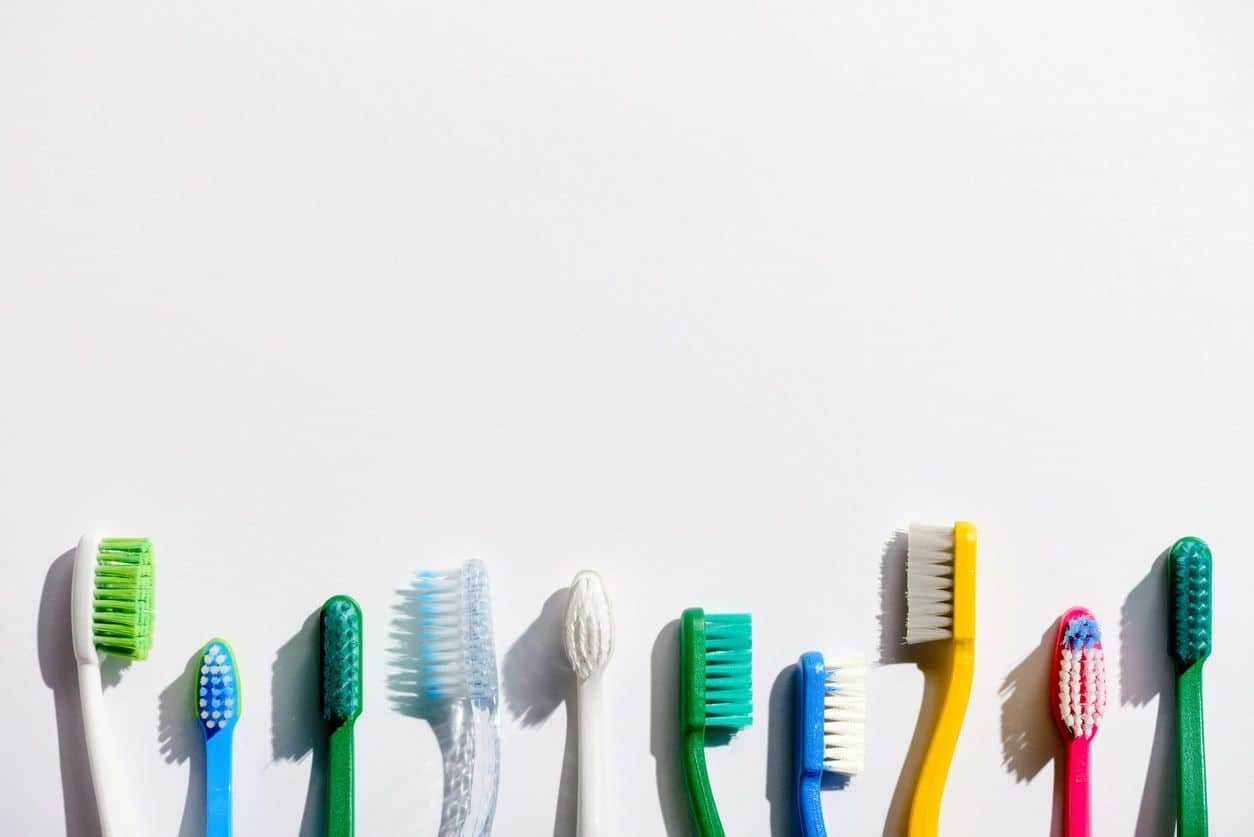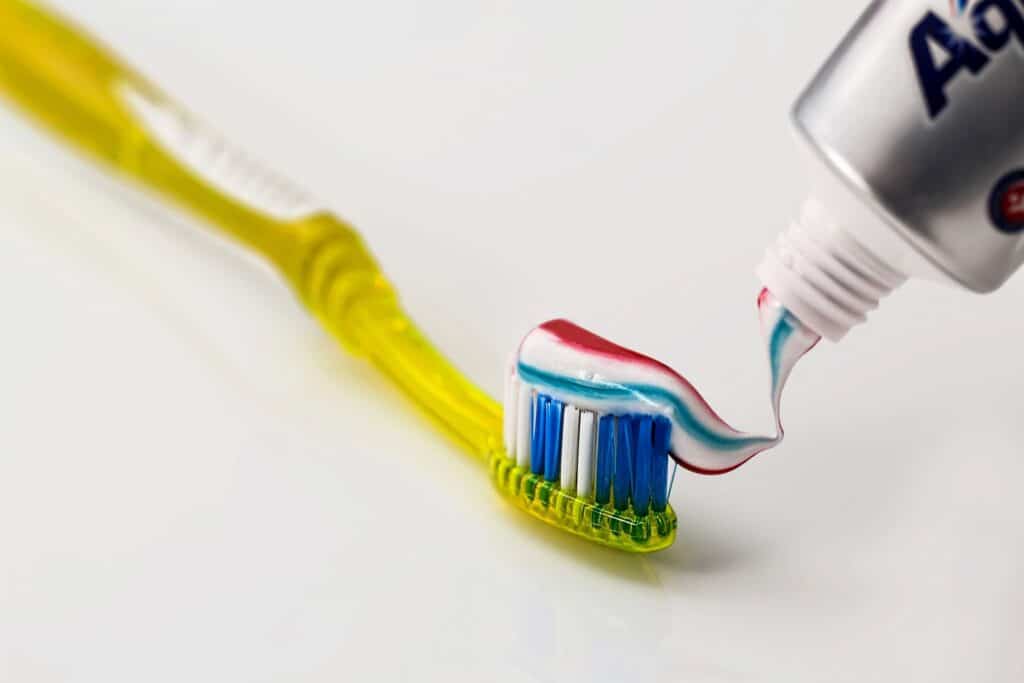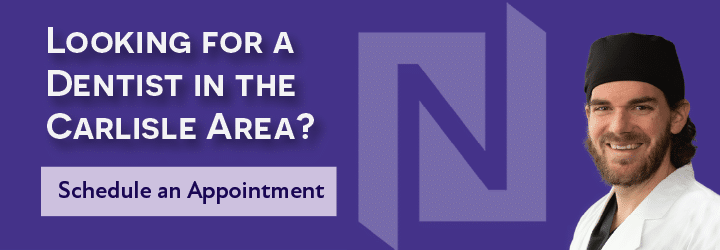
My Toothbrush Seems Worn Down. When Should I Be Replacing It?
Is your toothbrush worn out?
Have you been sick recently and are grossed out to use your toothbrush now that you’re healthy?
If you’re questioning the cleanliness of your toothbrush at all, the best idea is probably just to replace your brush or brush head (if you’re using an electric toothbrush).
The American Dental Association recommends that you replace your toothbrush or brush head every 2-3 months on average when you’ve been healthy through that timeframe. Over 75% of Americans don’t replace their brush heads or toothbrushes which can lead to oral health problems.
Why should I regularly change out my toothbrush?
Worn down bristles can cause gum damage.
Toothbrushes are made of nylon and rounded off when created to leave a soft edge so that it’s less abrasive on your enamel and gum tissue. As a brush gradually wears down, the bristles return to their original sharp, jagged edges which can cause gum recession and wear away at your enamel.
If you start to notice your bristle texture change before the 2-3 month recommended replacement time, it may be a sign that you’re brushing too hard.
If your brush bristles keep ending up splayed before the 2-3 months replacement time is up, consider lightening up your grip and pressure while brushing. You may just be overdoing it!
If you’re noticing that your toothbrush is constantly wearing out fast or that your gums are always sore after brushing, you can talk to your dentist about the proper techniques for proper brushing.
The recommended way to brush your teeth is:

- -pea-sized amount of toothpaste
- -45 degree angle
- -gentle circular motions (if using a manual brush)
- -repeat on inside of teeth surface
- -light-back and forth motions on chewing surfaces (if using a manual brush)
- -light pressure, no brushing motion when using an electric brush similar to a ProSys Variosonic (let the brush work for you)
- -two minutes twice a day
Overused toothbrushes just don’t clean as well.
A worn-out brush head just doesn’t give you as deep of a teeth cleaning as a newer intact brush.
If your toothbrush isn’t cleaning your teeth properly, this can lead to cavities and other damaging oral health concerns. The bristles start to bend and curve in multiple directions, leaving open spaces.
When using your brush those open spaces aren’t getting in between your teeth and aren’t cleaning out bacteria along the gum line.
Germs run rampant on an old toothbrush.
Replacing your toothbrush on a regular basis also allows for less bacteria to build up on the bristles.
It’s probably not a surprise to you, but a bathroom is a hot zone for bacteria. Not rinsing your brush off with tap water after use or not storing it in a vertical position so the bristles can dry out can lead to a bacteria influx.
The longer you use that toothbrush the worse it can get, which can end up affecting your oral and overall health. You may not be able to visibly see the germs, but trust us…they’re there!

Germs on toothbrushes also are on overload after you use your toothbrush while you’re sick.
Continuing to use your brush after a sick spell spreads those same germs back into your body, kicking your immune system back into battle mode every time you brush your teeth. Just throw away the brush or brush head, especially if you’re diagnosed with something that you’re taking an antibiotic for. Throw it away after starting a new prescription!
Changing brushes like the seasons.
In the end it’s best to think of changing your brush or brush head as the seasons change! Just by doing this one thing you’re improving your oral and overall health.
There are also subscription services online that will send you new brushes or brush heads on 3 month intervals in case you forget.
If you have any questions about toothbrushes or brushing techniques feel free to your local dentist, they’ll be more than happy to help your family with proper tooth brushing techniques.



